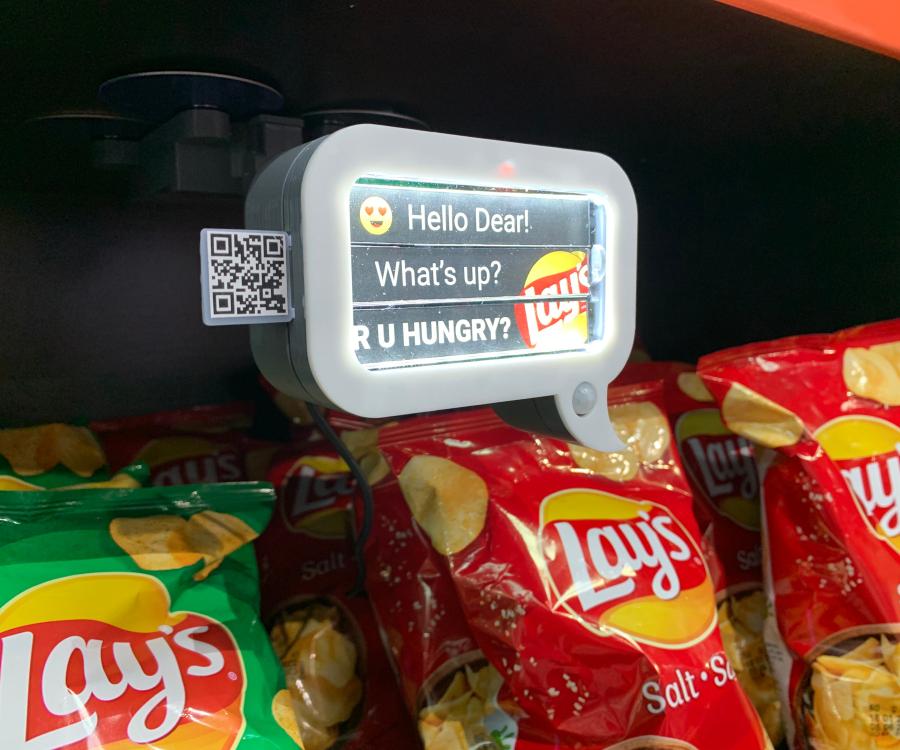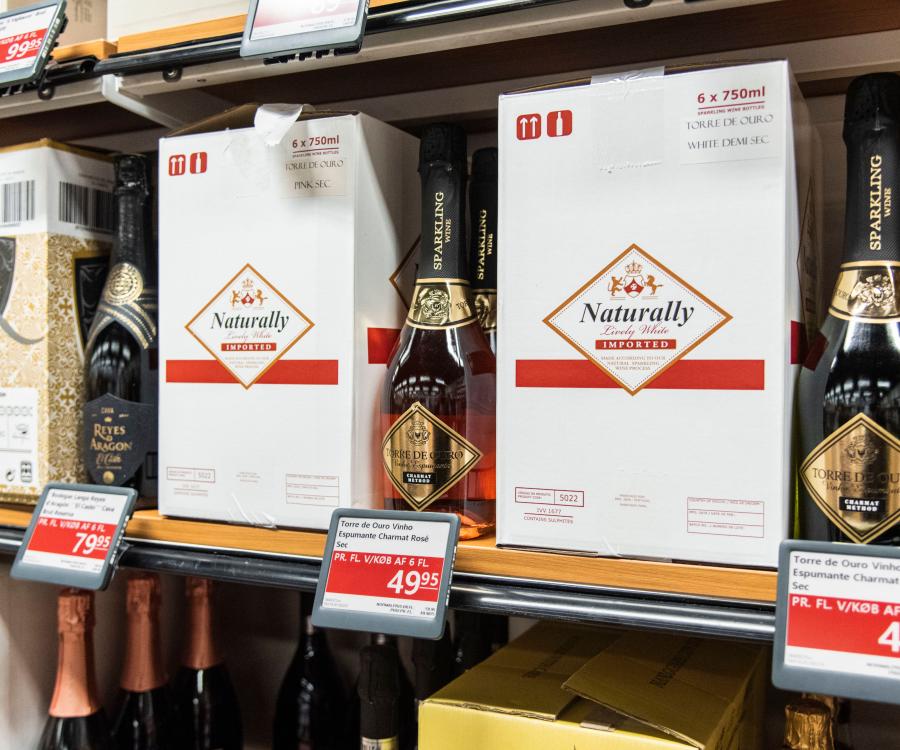
Researchers from University of British Columbia published a new paper in the Journal of Marketing that examines whether and how the use of 'ugly' labeling for unattractive produce increases sales and profit margins.
The study, forthcoming in the Journal of Marketing, is titled "From Waste to Taste: How "Ugly" Labels Can Increase Purchase of Unattractive Produce" and is authored by Siddhanth (Sid) Mookerjee, Yann Cornil, and JoAndrea Hoegg.
According to a recent report by the National Academies of Science, Engineering and Medicine (2020), each year in the U.S. farmers throw away up to 30% of their crops, equal to 66.5 million tons of edible produce, due to cosmetic imperfections.
These researchers seek to answer two important questions:
- Why do consumers reject unattractive produce?
- Does 'ugly' labeling increase the purchase of unattractive produce and, if so, why does it work?
They discover that consumers expect unattractive produce to be less tasty and, to a smaller extent, less healthy than attractive produce, which leads to its rejection.
They also find that emphasizing aesthetic flaws via 'ugly' labeling (e.g., "Ugly Cucumbers") can increase the purchase of unattractive produce. This is because 'ugly' labeling points out the aesthetic flaw in the produce, making it clear to consumers that there are no other deficiencies in the produce other than attractiveness. Consumers may also reevaluate their reliance on visual appearance as a basis for judging the tastiness and healthiness of produce; 'ugly' labeling makes them aware of the limited nature of their spontaneous objection to unattractive produce.
Importantly, these findings largely contrast with managers' beliefs. "While grocery store managers believed in either not labeling unattractive produce in any specific way or using 'imperfect' labeling, we show that 'ugly' labeling is far more effective," says Hoegg. Given retailers' participation in the U.S. Food and Waste 2030 Champions Initiative – with an objective of cutting food waste in half by 2030 (Redman 2018) – this research urges retailers and sellers to use 'ugly' labeling to sell unattractive produce.




